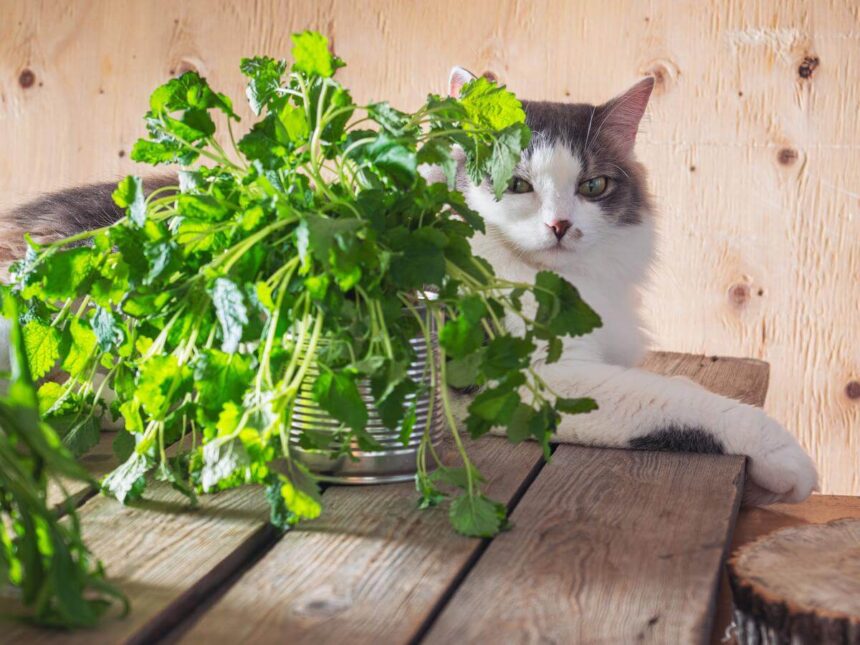So, you’re sitting there, munching on a fresh arugula salad, and your cat is giving you that look. You know the one. The “I must have what you’re eating” stare. And now you’re wondering… can cats eat arugula? Is it safe? Will they even like it?
Let’s dig into this leafy green mystery and find out what’s up.
What Is Arugula?
Before we get into whether your cat can chow down on arugula, let’s break it down. Arugula, also known as rocket or roquette, is a peppery, slightly bitter leafy green. It’s packed with nutrients like vitamin K, vitamin C, and folate. Humans love it in salads, sandwiches, and even on pizza. But does that mean it’s good for your cat?
Spoiler alert: cats aren’t exactly known for their love of salads. But hey, every cat is different. Some might surprise you.
Can Cats Eat Arugula? The Short Answer
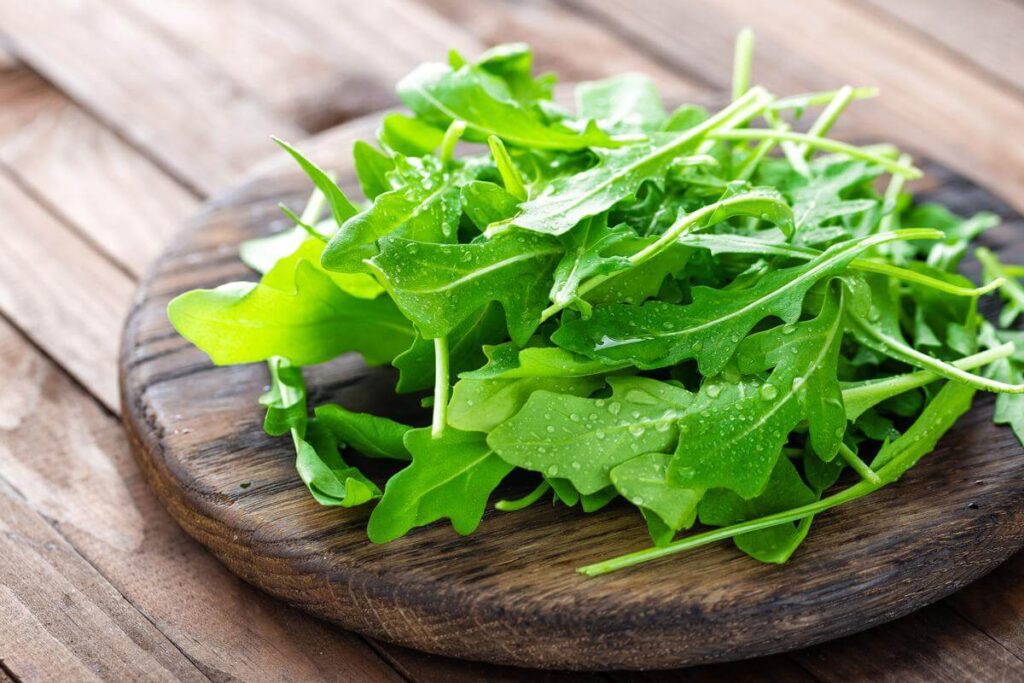
Yes, cats can eat arugula. It’s not toxic to them. But before you start tossing arugula into your cat’s food bowl, there’s a lot more to consider. Just because something isn’t toxic doesn’t mean it’s a good idea.
Cats are obligate carnivores. That means their bodies are designed to thrive on meat, not plants. So while arugula won’t harm them in small amounts, it’s not exactly a nutritional powerhouse for your furry friend.
Why Would a Cat Even Want Arugula?
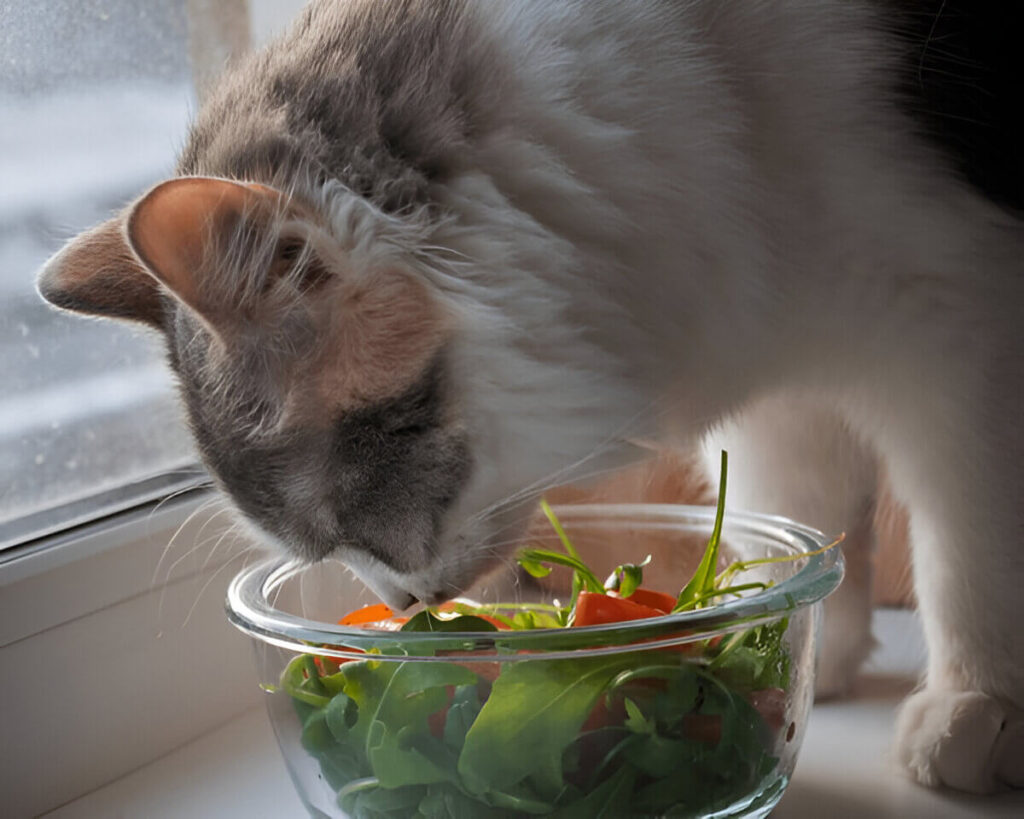
Good question. Cats are meat lovers through and through. But sometimes, they get curious about what you’re eating. Or maybe they just like the texture of greens. Some cats even chew on plants to help with digestion or to induce vomiting if they’re feeling off.
If your cat is eyeing your arugula, it’s probably more about curiosity than craving. But hey, if they take a nibble, it’s not the end of the world.
The Pros of Cats Eating Arugula
Let’s be real, there aren’t a ton of benefits to feeding your cat arugula. But if we’re stretching, here are a few potential upsides:
Fiber Boost: Arugula has a bit of fiber, which might help with digestion. But cats don’t need much fiber, and too much can cause issues.
Hydration: Leafy greens have water content, which could help keep your cat hydrated. But again, this isn’t a big deal if your cat is already drinking enough water.
Variety: Some cats enjoy the occasional change in texture or taste. Arugula could be a fun, low-calorie snack.
The Cons of Cats Eating Arugula
Now, let’s talk about the downsides. Because there are a few.
Nutritional Imbalance: Cats need protein, not greens. Feeding them too much arugula could take away from their meat-based diet, leading to nutritional deficiencies.
Digestive Issues: Cats aren’t built to digest plants efficiently. Too much arugula could cause stomach upset, diarrhea, or vomiting.
Pesticides and Chemicals: If the arugula isn’t organic or properly washed, it could have harmful chemicals on it. Always wash greens thoroughly before sharing.
How to Safely Offer Arugula to Your Cat
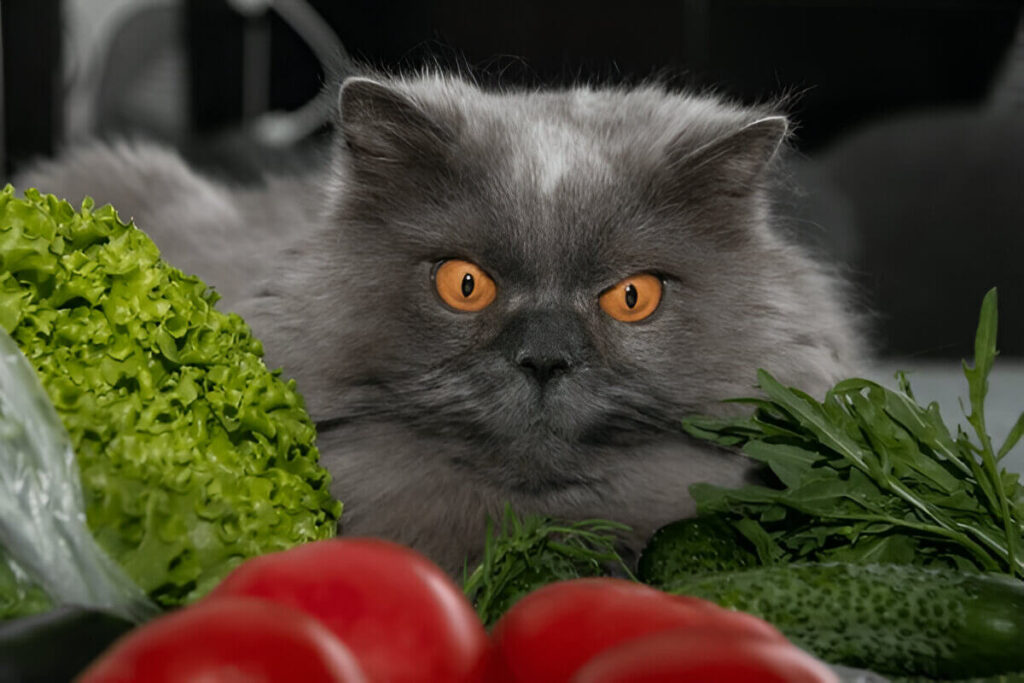
If you’re determined to let your cat try arugula, here’s how to do it without causing a catastrophe:
- Wash It Well: Rinse the arugula to remove any dirt, pesticides, or chemicals.
- Serve It Raw: Cooking arugula can break down its nutrients and make it less appealing. Keep it fresh and crisp.
- Cut It Small: Chop the arugula into tiny pieces to make it easier for your cat to eat.
- Start Small: Offer just a leaf or two to see how your cat reacts. Watch for any signs of digestive upset.
Signs Your Cat Shouldn’t Eat Arugula
Not all cats are the same. Some might handle arugula just fine, while others could have a bad reaction. Keep an eye out for these warning signs:
- Vomiting
- Diarrhea
- Lethargy
- Loss of appetite
- Excessive drooling
If you notice any of these symptoms, stop feeding arugula immediately and consult your vet.
What Do Vets Say About Cats and Arugula?
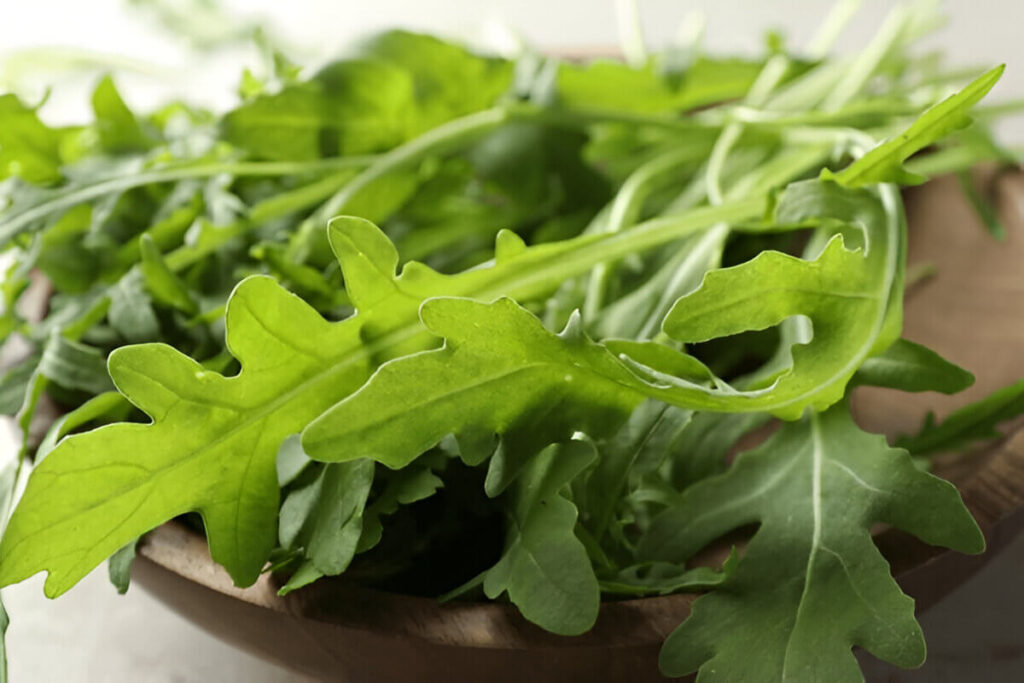
Most vets will tell you that arugula isn’t necessary for your cat’s diet. In fact, they’ll probably recommend sticking to high-quality cat food that meets all your cat’s nutritional needs.
That said, if your cat seems interested in arugula and doesn’t have any adverse reactions, a small amount now and then is unlikely to cause harm. Just don’t make it a regular thing.
Fun Fact: Cats and Greens
Here’s a quirky tidbit for you. Some cats are drawn to greens not because they want to eat them, but because they like to play with them. Arugula’s crinkly texture might make it a fun toy for your feline. Just make sure they don’t swallow too much.
Alternatives to Arugula for Your Cat
If you’re looking for safe, cat-friendly greens, consider these options:
Cat Grass: This is specifically grown for cats and is safe for them to nibble on. It can help with digestion and satisfy their urge to chew on plants.
Miracle Care Cat-A’bout Cat Grass For Indoor Cats
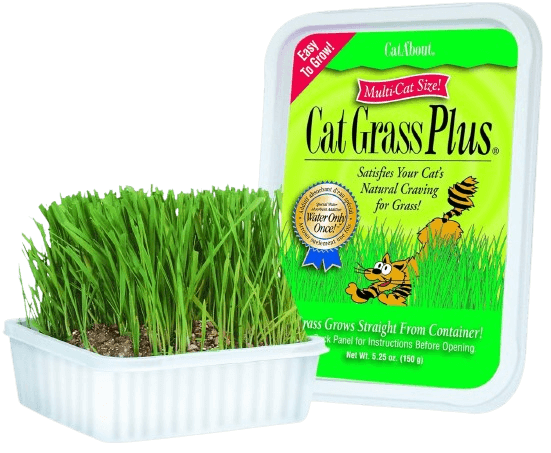
Wheatgrass: Another safe option that’s packed with nutrients.
Spinach: In small amounts, spinach is safe for cats. But like arugula, it’s not necessary for their diet.
FAQs
Is It Okay for Cats to Eat Arugula?
Short answer: Yes, but it’s not necessary. Arugula isn’t toxic to cats, so if your furry friend sneaks a nibble, don’t panic. That said, cats are obligate carnivores, meaning their bodies are built to thrive on meat, not greens. Arugula might be a fun little snack, but it’s not going to do much for their health.
Is Arugula Toxic to Animals?
Nope, arugula isn’t toxic to cats or most other animals. But that doesn’t mean it’s a great idea to feed it to them. Some animals, like rabbits or guinea pigs, might enjoy it more than cats. For cats, it’s more of a “meh” situation.
Can I Feed My Cat Leafy Greens?
You can, but should you? Cats don’t need leafy greens in their diet. If your cat seems interested, a small amount of greens like arugula, spinach, or lettuce won’t hurt. Just don’t overdo it. Too much can lead to digestive issues like vomiting or diarrhea.
Is Rocket Okay for Cats?
Fun fact: Rocket is just another name for arugula. So yes, it’s okay for cats in small amounts. But again, it’s not something they need. If your cat is curious, let them try a tiny piece and see how they react.
Can Cats Eat Rocket Leaves?
Same deal as arugula. Rocket leaves are safe for cats, but they’re not a necessary part of their diet. If your cat likes the texture or taste, a small piece now and then is fine.
Can Cats Eat Spinach?
Spinach is another leafy green that’s safe for cats in moderation. It’s got some vitamins and minerals, but cats don’t really need them. If your cat likes spinach, a small amount won’t hurt. Just keep an eye out for any digestive issues.
Can Cats Eat Lettuce?
Lettuce is mostly water, so it’s not going to do much for your cat nutritionally. But it’s safe and can be a fun, crunchy snack. If your cat seems interested, go ahead and offer a small piece.
Can Cats Eat Spring Mix?
Spring mix usually contains a variety of greens like arugula, spinach, and lettuce. Since these are all safe for cats, a small amount of spring mix is okay. Just make sure it’s washed thoroughly to remove any pesticides or chemicals.
Can Cats Eat Tomatoes?
Here’s where things get tricky. Ripe tomatoes are generally safe for cats in small amounts, but the green parts of the plant (stems, leaves, and unripe tomatoes) contain solanine, which is toxic to cats. So if you’re sharing tomatoes, make sure they’re ripe and only give a tiny piece.
Can Cats Eat Kale?
Kale is safe for cats, but it’s not something they need. Like other leafy greens, it’s fine in small amounts. But too much kale can cause digestive issues, so keep it minimal.
Can Dogs Eat Arugula?
Dogs can eat arugula, and it’s actually a bit more beneficial for them than it is for cats. Dogs are omnivores, so they can handle a wider variety of foods. Arugula can provide some extra vitamins and fiber for your pup. Just don’t overdo it, as too much can cause stomach upset.
Can Cats Eat Basil?
Basil is safe for cats and can even be a fun, aromatic treat. Some cats might enjoy the smell or taste. Just make sure it’s fresh and free of any pesticides.
Final Thoughts: Should You Let Your Cat Eat Arugula?
At the end of the day, arugula isn’t going to hurt your cat if they eat a little bit. But it’s not something they need, and it’s definitely not a substitute for their regular diet.
If your cat seems interested, go ahead and let them try a small piece. Just keep an eye on them and make sure they’re not overdoing it. And remember, when in doubt, always check with your vet.



